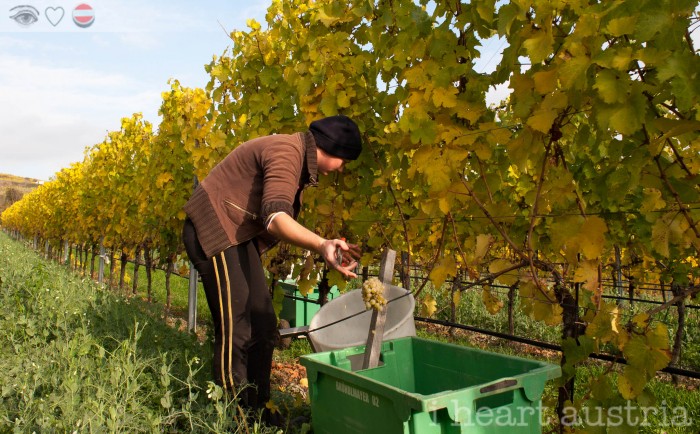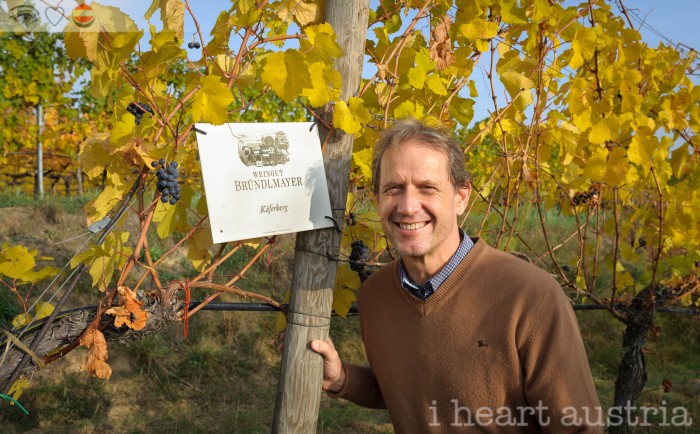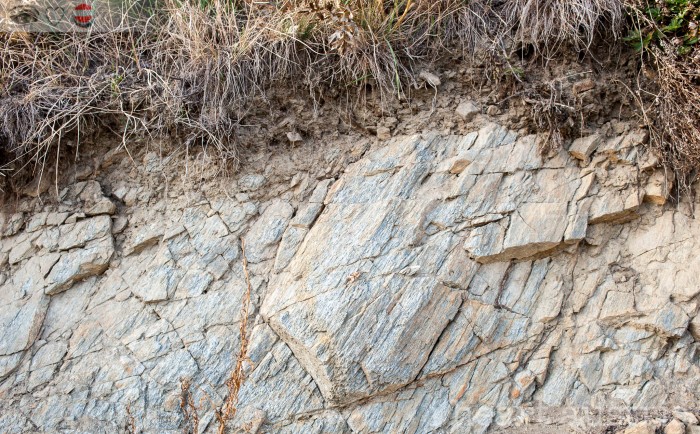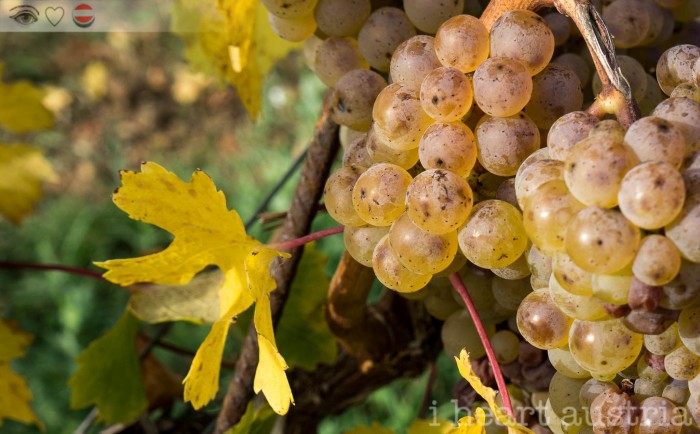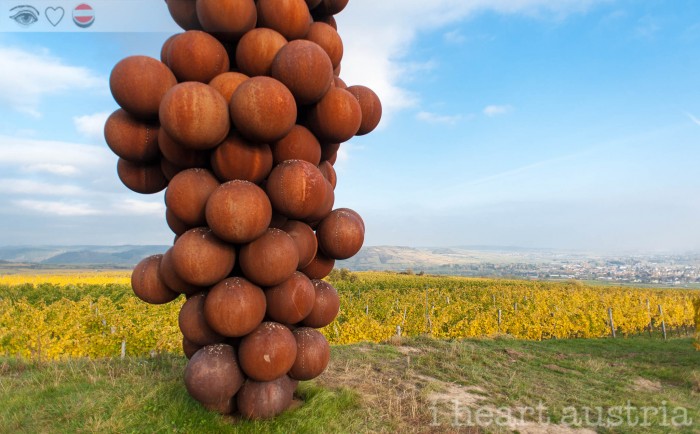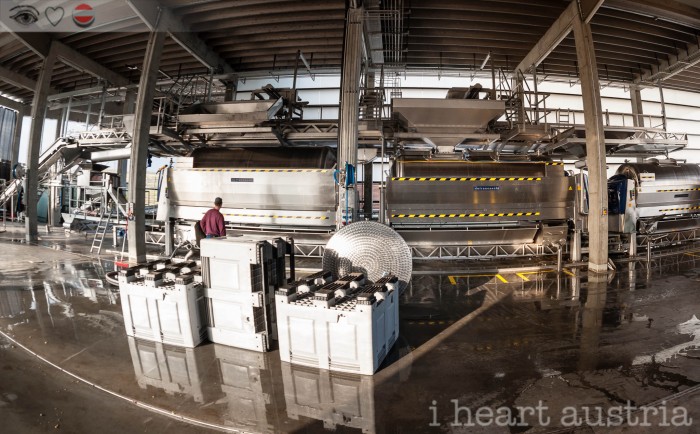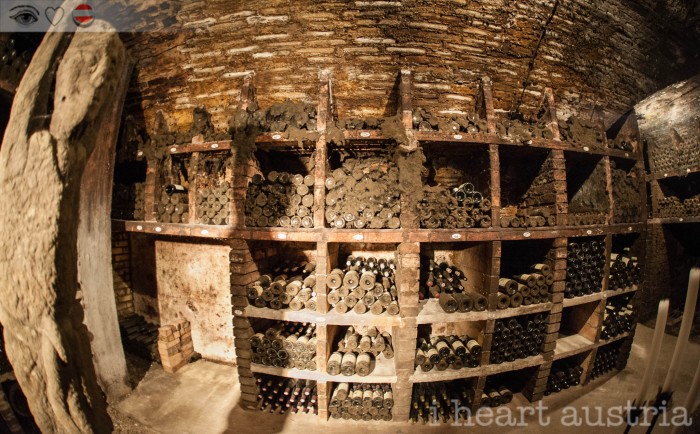Our visit to Weingut Bründlmayer got off to an awkward start. At least for me. We were coming from another appointment, and as these things go, we were running late. There are few things I hate more than being late to an appointment in Austria or Germany. It’s just rude and I know it, and it doesn’t make me feel any better that wineries can sometimes be a challenge to find. The good news is that the entire visit was fantastic: good photography, great wines, and excellent food at their restaurant.
This was further compounded by showing up at the business office, instead of the restaurant, where we were expected. At the office, we were received very warmly, and assured that the boss, Willi Bründlmayer, was also running late. (I highly doubt this, but it was nice of them to say.) Fortunately we were able to briefly meet Sonja Mayr, who had kindly arranged the details of our visit.
Willi met us at the office and we were off straight away. As we pulled onto the main street, he asked us if we wanted to visit the vineyard or to have a bite to eat (with wine, of course). I think at that very moment, the sun must have appeared from behind a cloud because there was no question in my mind that we had to visit the vineyards immediately. [In Austria, vineyards are usually referred to as Weingärten, wine gardens, rather than Weinberge, as they are in Germany.]
Hand-harvesting is the rule here, not the exception.
Quick stop for a posed picture in the Käferberg (ladybug or beetle) vineyard. Herr Bründlmayer is as personable as he is knowledgeable.
We paused to look at this exposed rock face. The direction of the cracks give the vines a foothold and the need to follow the water down into the stone. This is an important part of the terrior (local character) of these particular vines, and one reason Riesling is planted here instead of Grüner Veltliner.
Well-ripened Riesling grapes, ready for harvest.
This unique sculpture was commissioned a few years ago. It was made of untreated steel, precisely so that it would weather and age over time. Nature has also contributed a few birds to the process. As you can see, we were at about 1000′ feet (325 m) here.
Our next destination was the newly built crushpad and adjacent cellars. This was the first year for the new equipment, but we walked through a door and were quickly in the historic cellars.
These acacia casks are made by Schneckenleitner, Waidhofen an der Ybbs. (Ybbs is an Austrian river with no vowels in the name.) Acacia is a much more neutral wood than oak.
The Vinothek (wine library) is part of the older cellars. Looking at it now, it doesn’t seem nearly as dark as it actually was. It reminds me a bit of the Edgar Allen Poe story, “The Cask of Amontillado”. The creepy guy at left doesn’t help.
Now it was time to finally visit the Bründlmayer Heurigenhof, their outstanding restaurant, and to taste a “few” wines.


